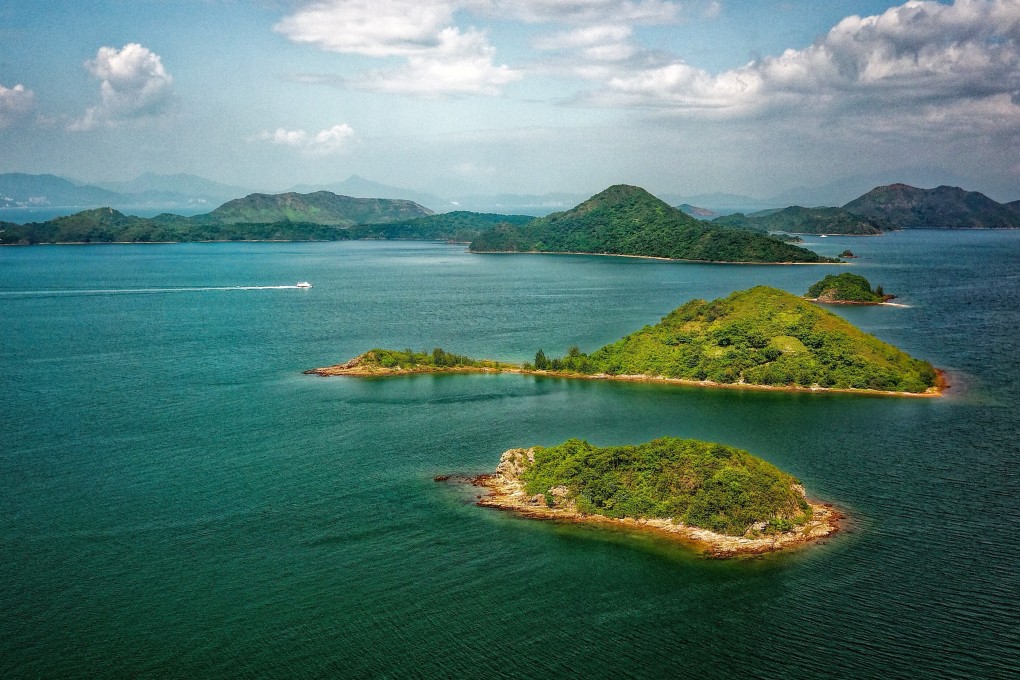Hong Kong leader Carrie Lam pushes flea markets, eco-tours in Unesco Global Geopark, as part of tourism drive to develop eastern border
- Opening up Sha Tau Kok and Mirs Bay to visiting vessels from Shenzhen is one example of how economical potential can be tapped in area, she says
- Measures add to development proposals she included in her policy address on Wednesday

Parts of Hong Kong’s eastern border with mainland China could be developed as part of a tourism drive, the city’s leader said on Saturday, as she floated fresh ideas to boost the economy of those areas.
Chief Executive Carrie Lam Cheng Yuet-ngor pointed to flea markets, eco-tours in the Unesco Global Geopark that sits across 150 sq km of the eastern and northeastern New Territories and opening up the pier in Sha Tau Kok and Mirs Bay areas to visiting vessels from Shenzhen, as examples of what was possible.
“The Sha Tau Kok border could be further opened up, such as opening its pier for local tourism. Flea markets could operate there, but Chung Ying Street will be left untouched,” she said.

Hong Kong could also build a port area for Mirs Bay and Double Haven, an eco-recreational and tourism zone, in the northeast of Kat O and Sai Kung, to boost its tourism, Lam said. These two areas are considered core parts of the geopark.